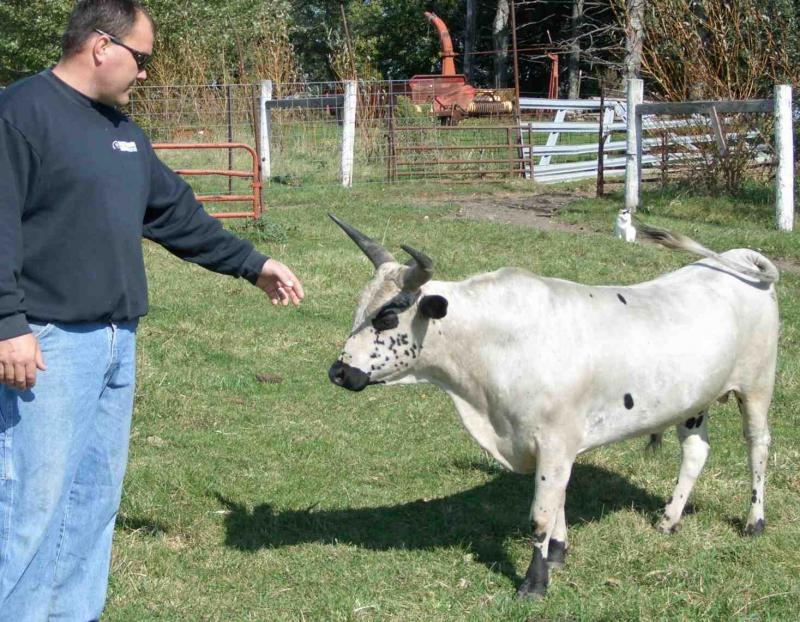
Ask any survival instructor for their favorite fire-starting method, and you may get an answer that’s pretty far out there. By “far out there,” I mean that it’s going to be something that most people won’t know about. Somehow, survival instructors tend to collect fire-starting techniques and like showing their students the most unusual.
I’ve seen many different fire-starting techniques in my years — many of which seem only to have been developed to allow the instructor to have something that nobody else has. That doesn’t mean that the idea is easy or even practical; but in the right circumstances, it might be the only thing you can do.
Of course, you never know what circumstances you might find yourself in and what materials you might have available. That’s why it’s useful to be able to start a fire with a bow drill, with the parabolic reflector of a car’s headlight, or by carving a lens out of solid ice. But to tell you the truth, I wouldn’t want to depend on any of those, unless I had no other choice.
The Problem With Most Fire Starters
For that matter, I really don’t want to have to depend on a ferro rod, a credit card-sized Fresnel lens or some of the other methods marketed as “survival fire starters.” As far as I’m concerned, they all have one thing in common: They’re too hard to use.
I’m not saying that because I’m lazy, no matter how much it seems that way, but because in a survival situation, I can’t afford to waste time. I might need that fire right now to keep myself from getting hypothermia; and even if I don’t, there are a lot of other survival tasks that need my time. Unless needed, I don’t want to waste the time it takes to make myself a bow drill or to carve that block of ice.
Goofy Gadget Can Recharge Your Laptop — And Jump-Start Your Car!
The other important issue, that goes hand-in-hand with time, is dexterity. As your body temperature drops, so do your fine motor skills. So, if you are depending on a method that takes too long to accomplish, you’re in a race against your own body. You’ve got to get it done while you still can, or it will be too late.
At the same time, there’s another thing to consider; that is the weather. Anyone who carries waterproof matches or even stormproof matches understands that you may very well be trying to start your fire in the rain or in the wind, both of which will work against you. Any method which doesn’t account for that is likely to fail you when you need it the most.
OK, so what’s the solution?
Let me start by laying out the basic criteria that I believe any primary fire starter much have:
- It must be easy to use.
- It must be fast.
- It must work in the rain.
- It must work in the wind.
- It must be able to start a lot of fires.
At first glance, that list may hit you as impossible to fulfill with one single device.
It’s Not Matches …
 Matches won’t fulfill that list, even though there are some absolutely excellent waterproof and stormproof matches. But the problem with matches has always been that they are a finite resource. No matter how many waterproof match containers you carry, you’re going to run out of matches, and I don’t know anyone who carries more than two.
Matches won’t fulfill that list, even though there are some absolutely excellent waterproof and stormproof matches. But the problem with matches has always been that they are a finite resource. No matter how many waterproof match containers you carry, you’re going to run out of matches, and I don’t know anyone who carries more than two.
The only thing that fulfills all the requirements that I laid out is a butane lighter. But not just any butane lighter will do. The average disposable light you can pick up at your local convenience store won’t do. While the average one fulfills several of those criteria, it won’t work when it’s windy. So, you must have some way of shielding it from the wind, which isn’t easy to do, or you must have something else to use when it is windy.
However, there are refillable butane lighters, which are known as “stormproof lighters.” These use a piezo-electric igniter which continues to strike as long as you are holding the gas valve open. So even if you use it in the middle of a hurricane, once it ignites, it can’t be blown out. It will just keep reigniting itself.
The Life-Saving Water Filter That Purifies River Water!
There are only two problems with these stormproof lighters.
But Will it Light in Cold Weather?
The first is that the ones designed for survival are a bit pricey, especially when compared to the one you can buy at the corner convenience store. But there are other piezo-electric lighters on the market, which sell considerably cheaper than the survival ones. The only real difference is that the case on these is much prettier, as they are intended to be carried and used for lighting cigars and pipes.
The second problem is that like any other butane lighter, the butane tends to liquefy in the cold. So, if you are out in the cold and needing to start a fire, the gas won’t flow and the lighter won’t light. That sounds like it disqualifies the lighter, doesn’t it? But not if you keep it inside your clothes, where it is kept warm by your body heat. In that case, the butane will flow just fine.
So, go ahead and keep collecting esoteric fire-starting techniques, just in case. But to keep yourself from having to depend on them, buy yourself a butane lighter with a piezo-electric striker. Make that one your EDC fire starter and you’ll be much more secure.
Do you agree or disagree? Share your thoughts in the section below:










